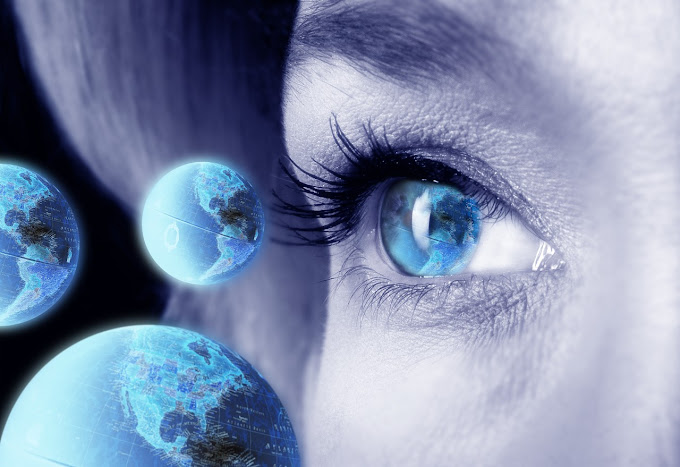Robots
 Introducing our little home helper, ApriAlpha RobotIt Hears - Voice recognition allows ApriAlpha to follow spoken instructions and even be called over from a distance. It Patrols - TALKS speech synthesis puts speech into text - and ApriAlpha can read emails aloud. It Sees - Image recognition means ApriAlpha can recognise and respond to 100 different people. It Talks - ApriAlpha is also a robot guard, capturing images and sending what it sees to its owner. It Communicates - Wireless LAN, Bluetooth™ and Infrared equip ApriAlpha as the ultimate remote control. Toshiba announced its first generation "ApriAlpha™" prototype of a life support home robot, in March 2003. ApriAlpha™ could carry out multiple tasks around the home, including control of home appliances, and integrated voice recognition and voice synthesis technologies that allow it to communicate with people in simple conversations. It could also provide such information as news, weather updates and other useful information, and read out e-mail, and also integrated image-recognition technology allowing it to recognize people whose features were recorded to its memory. More important than its built-in functions was ApriAlpha™'s integration of Open Robot Controller Architecture (ORCA), which enables simple additions of new functions and upgrades of present functions. ORCA allows manufacturers to quickly and easily integrate software developed by third parties into their systems, achieving efficient development of advanced robots. This architecture is also integrated into the new robots. |

Sophisticated Home Life Support Robots
Toshiba shares a growing interest in the development potential of home robots that advance robotics towards the concept of a "life support partner" - a sophisticated robot able to deliver human-centric technologies that provide assistance and support the elderly and young children in the home and in public places such as shopping complexes.
The robot that can accompany people. "ApriAttenda," first of all identifies an individual with its visual sensor and high-speed image processing system by instantaneously recognizing the registered color and texture of the person's clothes. The ability to follow a moving individual requires capabilities going beyond facial recognition. ApriAttend has to detect and recognize the person and calculate his or her position from a complicated real-life landscape of fixed objects and moving people. Toshiba's new algorithm allows the robot to extract a particular individual from cluttered backgrounds, and to find and reconnect with the person if it loses visual contact.
When the captured subject moves forward, ApriAttenda moves forward. When the person stops, the robot moves to point beside the subject and also stops. ApriAttenda constantly calculates position and the distance to the subject and adjust its speed to maintain a certain distance from the subject. As the subject moves, an integrated ultrasonic sensor checks for obstacles in the robot's way, and the robot negotiates these while maintaining visual contact with the person. If ApriAttenda loses that visual contact, it calls to the person as it searches for and tries to restore the contact.
The new robots were developed as part of the New Energy and Industrial Technology Development Organization's (NEDO) "Next-Generation Robot Commercialization Project (Prototype Development Support Enterprise)". Some of the image processing technologies used for the robot that can follow a person were jointly developed with the Tokyo University of Science.





.jpg)


















.bmp)
























































.jpg)

